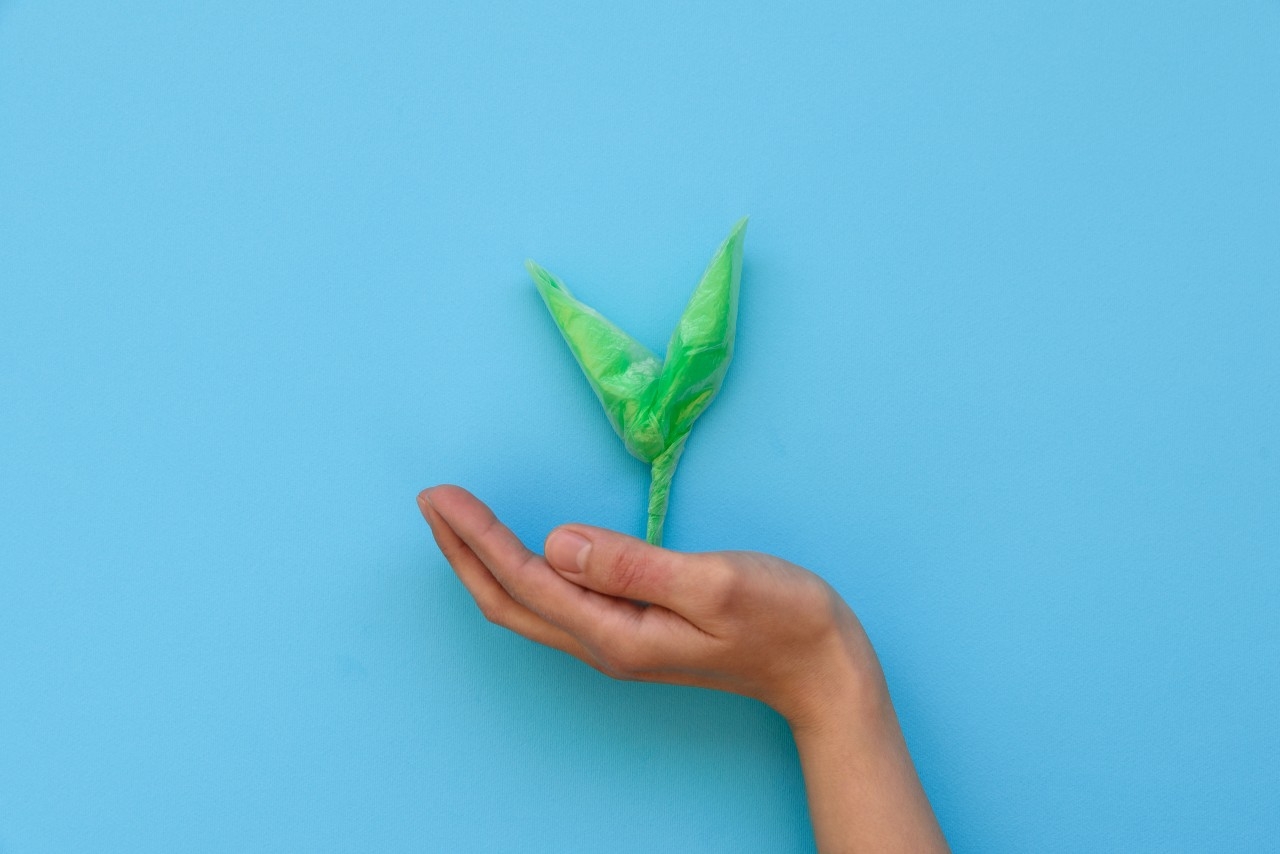Is packaging made of plastic or other materials more sustainable?
Contrary to what one might think, the use of plastic packaging is more sustainable than any other new material. In fact, according to McKinsey & Company's 2020 research on the climate impact of plastics in the United States, the greenhouse gas emissions caused by plastics over their entire life cycle would be lower than other alternative materials such as glass, aluminium and paper. The research looked at five of the most plastic-intensive sectors globally (packaging, building and construction, automotive, textiles and consumer durables) and then considered the 14 most representative applications for which there are viable, large-scale alternatives.
The research showed that, in 13 of the 14 applications examined, plastics produce fewer greenhouse gas emissions (10 to 90% less) than alternative materials. Even when comparing only direct product life cycle emissions (from production to transport and disposal at end-of-life), plastics still have a lower impact in 9 of the 14 applications. This is mainly due to the fact that plastics requiure less energy to produce and are also more efficient in terms of weight. Consequently, it is a much more sustainable solution and closer to the principles of the circular economy than is generally believed.
 +39 0376 391192
+39 0376 391192


